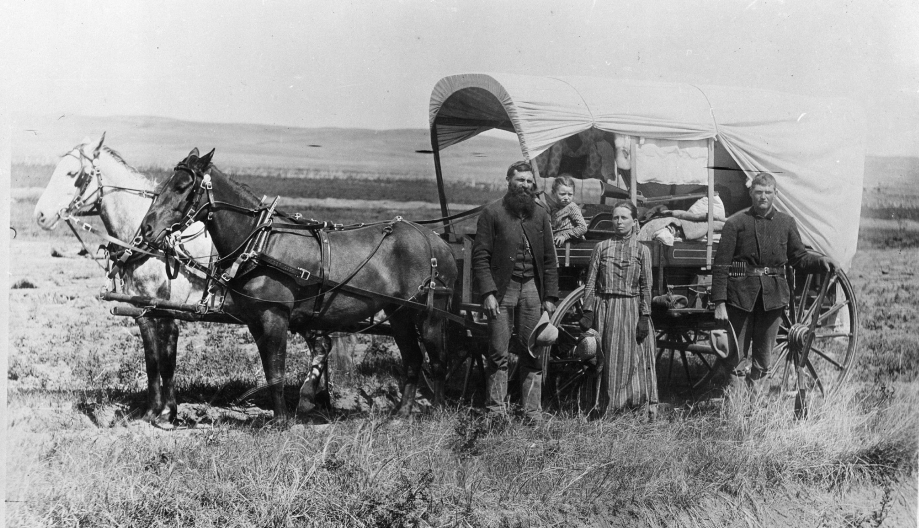
Back when Brownwood was the Texas frontier, several references were made in local histories to Mud Creek, just west of Bangs, as being a sort of unofficial line between civilization and take your chances country. It seems kind of odd because it’s now really nothing but a dry creek bed, Maybe in the past it was more notable. When a family crossed the creek, so to speak, and set out for uncharted territory, it must have taken some courage.
If you were one of the bold families heading west from Brownwood in the mid 1800s, passing the line of civilization into wild country brought with it a whole host of problems and challenges. One of those difficulties was the lack of medicine. Imagine yourself riding out into this unsettled land. The heat, the storms, the snakes and scorpions–all of those would become matters of life and death for you, and what you knew or did not know about how to counter such dangers was paramount. I found an old article that described some of the remedies pioneer families in the area adopted, some probably out of a need to do something, anything at all, when a loved one fell ill and no help was at hand.
The Santa Anna News published this article sometime in 1969. It states, “The pioneer wagons that crossed Mud or Hay Creek coming west had all the family belongings –clothes, bedding, a piece or two of furniture, a gun, a wash pot and a few pots for cooking; but of medicines there were usually none, except from the cooking supplies.” Of the remedies that are listed as solutions for various illnesses, a poultice is the most popular. Slapping a poultice on an aching limb, an internal pain or skin problem was the go-to solution. Poultices could be made from a variety of ingredients, but for the pioneers they were usually made from corn meal, because that was all there was to use.
A fascinating story is recounted by the author of the piece in the Santa Anna paper. “This writer was told by Samantha Yalor of Santa Anna, who died several years ago at the age of ninety-six, that she would make her husband wait in their many movings westward until she had her herbs growing in pots to take along. In the new location, she would find a spit by a river or creek where they could take root until the next move. ‘Whenever we had sickness,’ she said, ‘I would boil me up some balmoney tea and make them drink it. And I had plenty of other herbs tool.’”
“The best disinfectant–but not called by that name–was cobwebs. This writer knew of a case in which a finger was cut off a small child’s hand. The mother went into a panic, but the grandmother was there and kept her head. ‘Get me some cobwebs out of that flue while I find that finger,’ she said. Scrambling wildly in the chips and dirt, she found the small finger, put it back in place and bound it with cobwebs in a cloth. The wound did not even leave a scar, and the finger grew and could be used just like the others.”
Coal tar and turpentine were used frequently to combat infection and disease, along with raw meat as a means to extract poisons from wounds. It seems harsh and maybe a little foolish when we look back on the pioneer ways for handling sickness, but then again, the cobweb seemed to do pretty well. While we have so many new developments in medicine, I still file away in my mind the old remedies. I think if things don’t go well in the technological and scientific revolution, and we someday find ourselves across Mud Creek so to speak, without access to the knowledge that makes our current lives relatively easy, it is possible that we might need these things again.
***
Diane Adams is a local journalist whose columns appear Thursdays on BrownwoodNews.com
